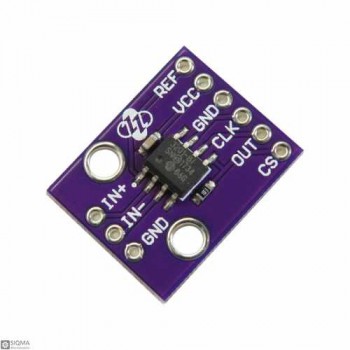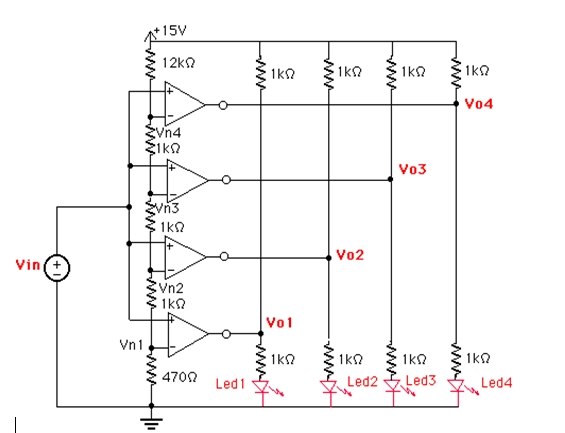

Still, system noise can be higher than the theoretical best signal-to-noise ratio (SNR) of these higher resolution converters. For example, pressure sensors display significant non-linearities as temperature varies, and compensation is best done in software.įor many applications, 16-bit, 24-bit, or even 32-bit A/D converters are common today.

Keep in mind that the sensor being read may have offset, gain, and non-linearity issues as well. Most A/D converters are trimmed for offset and gain errors at the factory and are designed to limit non-linearity. Integral non-linearity is a measure of how well conversion keeps straight-line performance against the analog input. If the differential linearity is off, it’s possible the A/D will have missing codes as a result, digital values that are skipped as the analog input voltages ramp up. First is differential non-linearity, where step widths aren’t exactly 1 LSB. The A/D offset and gain errors are a major source of static inaccuracies. Gain error affects every reading as a percentage, with the error value increasing at higher analog input levels. After correcting offset error, full-scale digital output should match the full-scale analog input voltage. Offset error affects every reading by the same value. First is offset error, often called zero-scale error because a zero analog input voltage should result in a digital zero output. Simple example: a 12-bit converter with 4,096 possible values samples a 10-V wide signal, setting a 2.44-mV step width and up to ☑.22-mV quantization error on each sample.īesides quantization error, there are several other sources of static errors. An A/D has to decide whether the LSB is a 1 or a 0, based on the closest available value. The higher the resolution, the bigger the chance there is some uncertainty in the least significant bits (LSBs) of a reading.Įven if there were zero system noise, there is quantization error built into any A/D converter. Riddle me this: when is a 12-bit A/D converter not a 12-bit A/D converter? More often than one might think in a real-world circuit, the effective number of bits (ENOB) usually turns out to be less than the stated bit resolution.
#ADC ANALOG TO DIGITAL CONVERTER PLUS#
An 8-bit converter plus a temperature sensor in a weather station might provide temperature readings to the nearest degree, while a 12-bit converter in the same setup could deliver readings to a tenth of a degree. Resolution relates to measurement precision. Several factors impact A/D converter accuracy, including resolution and quantization, offset and gain errors, non-linearity, and system noise. Now, what happens when an A/D fires up-how accurate are those readings? Getting good input data is critical to any project. Import .The previous blog discussed how makers can select an A/D converter by understanding the application and how manufacturers optimize a part for that role. When done, the application should call the ADCChannel.close() method to release ADC channel.Įxample 2-1 demonstrates two ways of using the ADC APIs. Once the peripheral is opened, the application can read or monitor sampled input values using methods of the ADCChannel interface, such as the getValue() method:

This is an example of using its name and interface.ĪDCChannel channel = (ADCChannel) PeripheralManager.open("TEMPERATURE", This is an example of using its ID.ĪDCChannel channel = (ADCChannel) PeripheralManager.open(8) In order to access and control a specific ADC channel, an application should first open and obtain an ADCChannel instance for the ADC channel using its numerical ID, name, type (interface) and/or properties.ĪDC channels are opened by invoking one of the PeripheralManager.open() methods. Each channel can sample a continuous input voltage and convert it to a numerical value. One ADC converter can have several channels. The conversion involves quantization of the input, so it typically introduces a small amount of error. An ADC converts a continuous physical input quantity, such as a voltage, to a digital number. The package contains interfaces and classes for reading analog inputs using an Analog-to-Digital Converter (ADC).


 0 kommentar(er)
0 kommentar(er)
